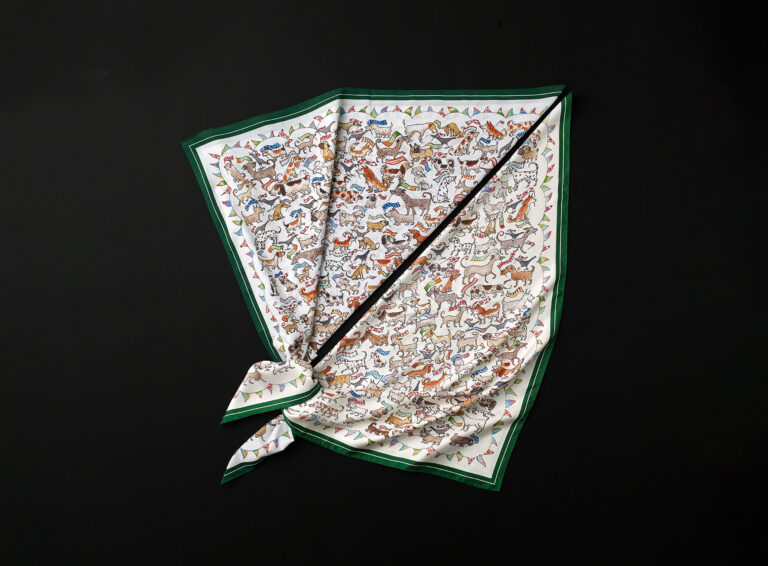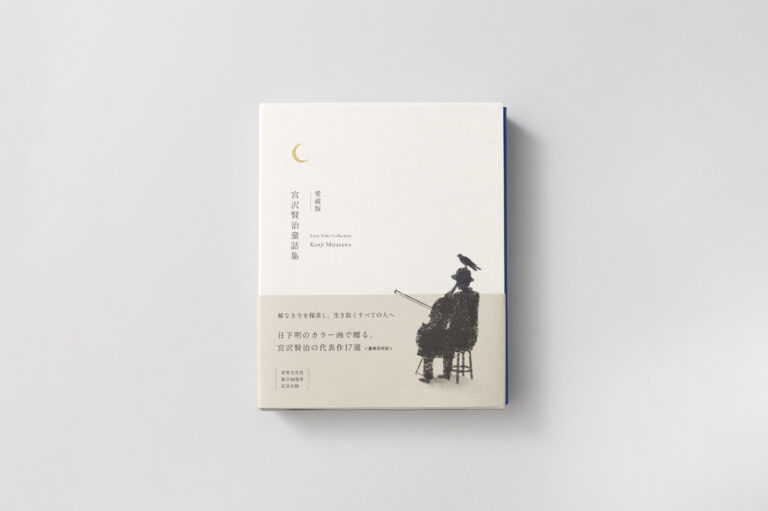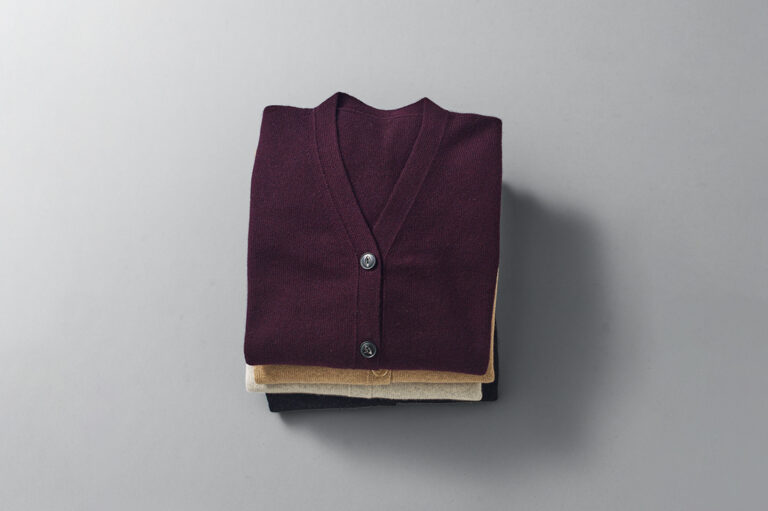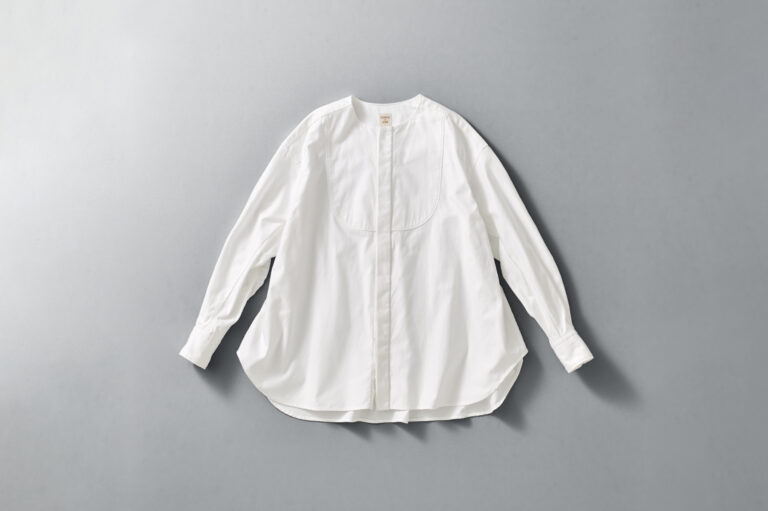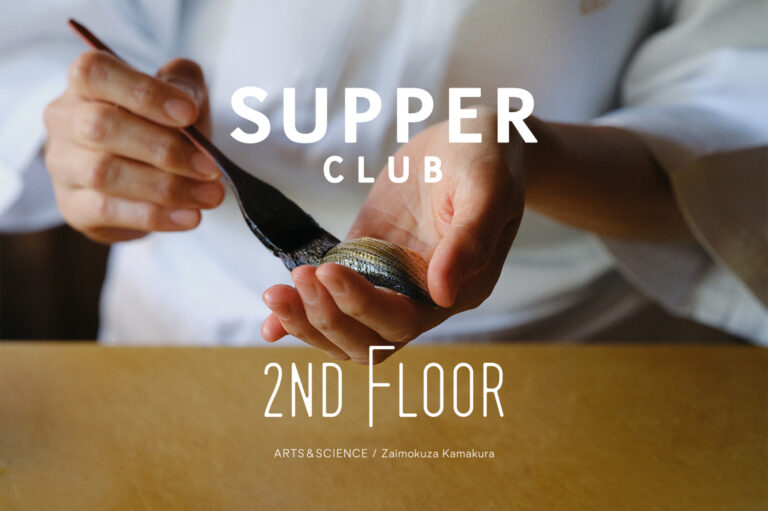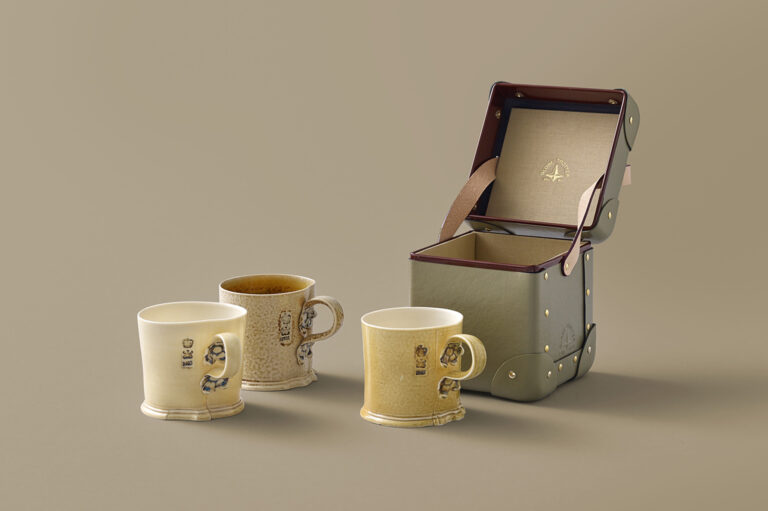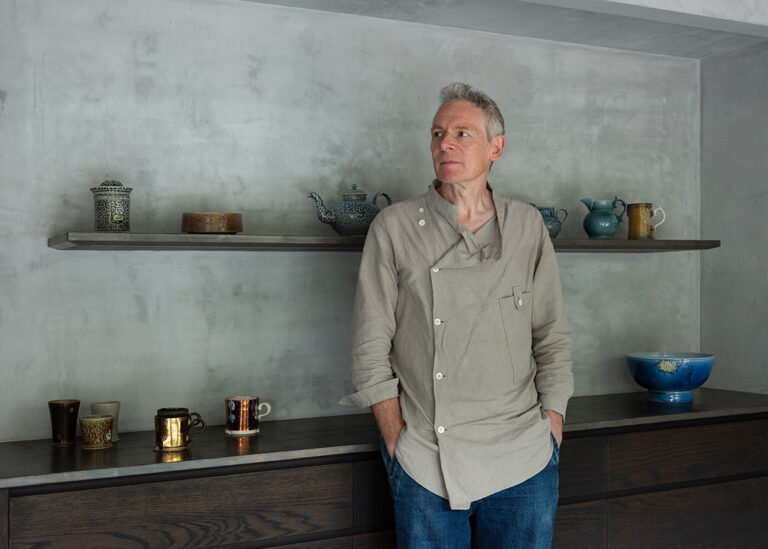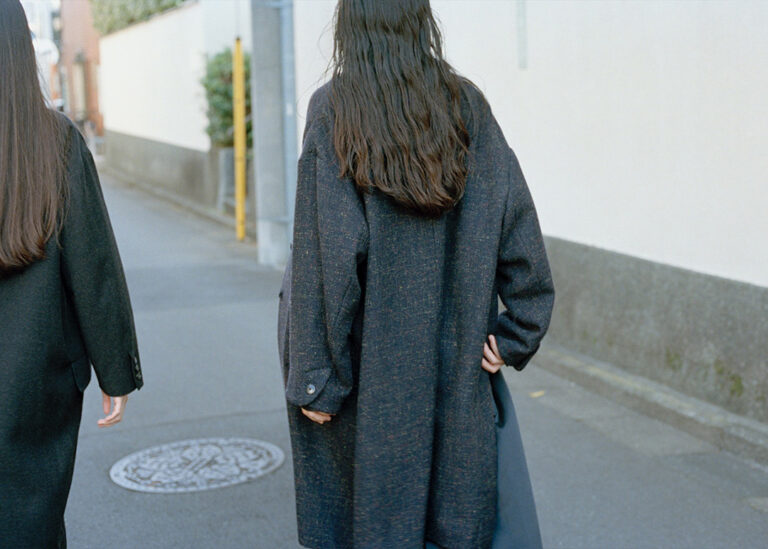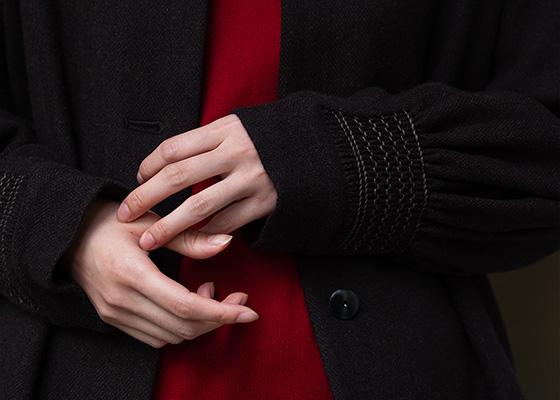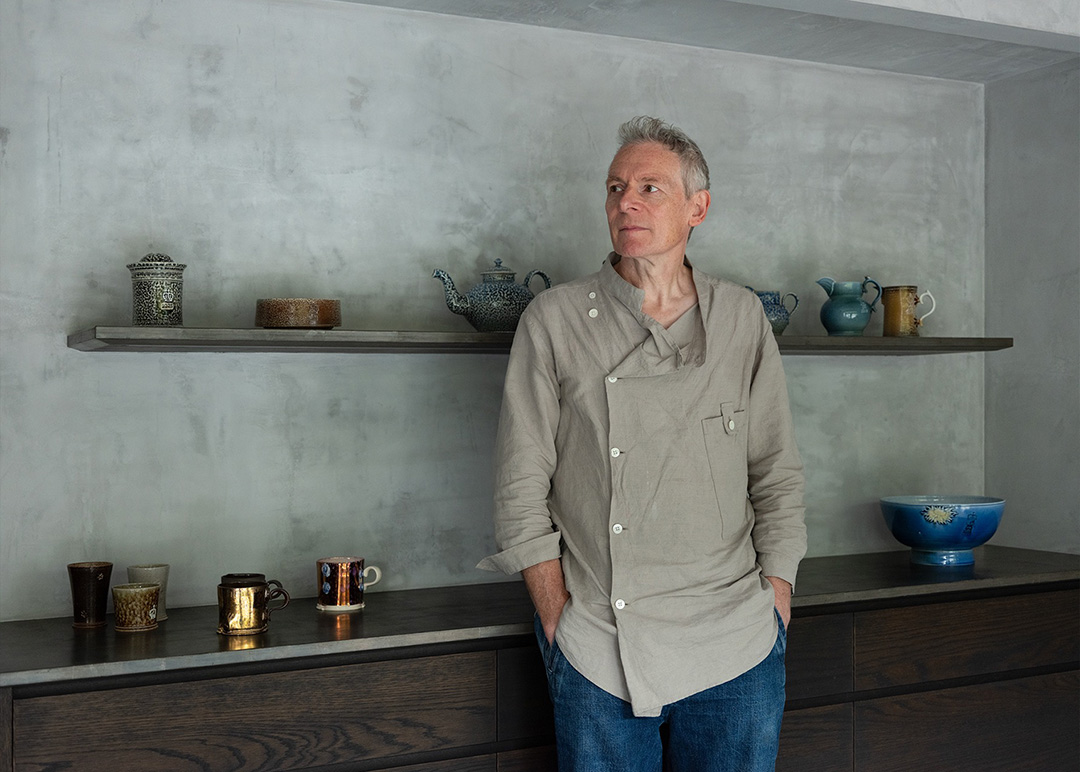The Work
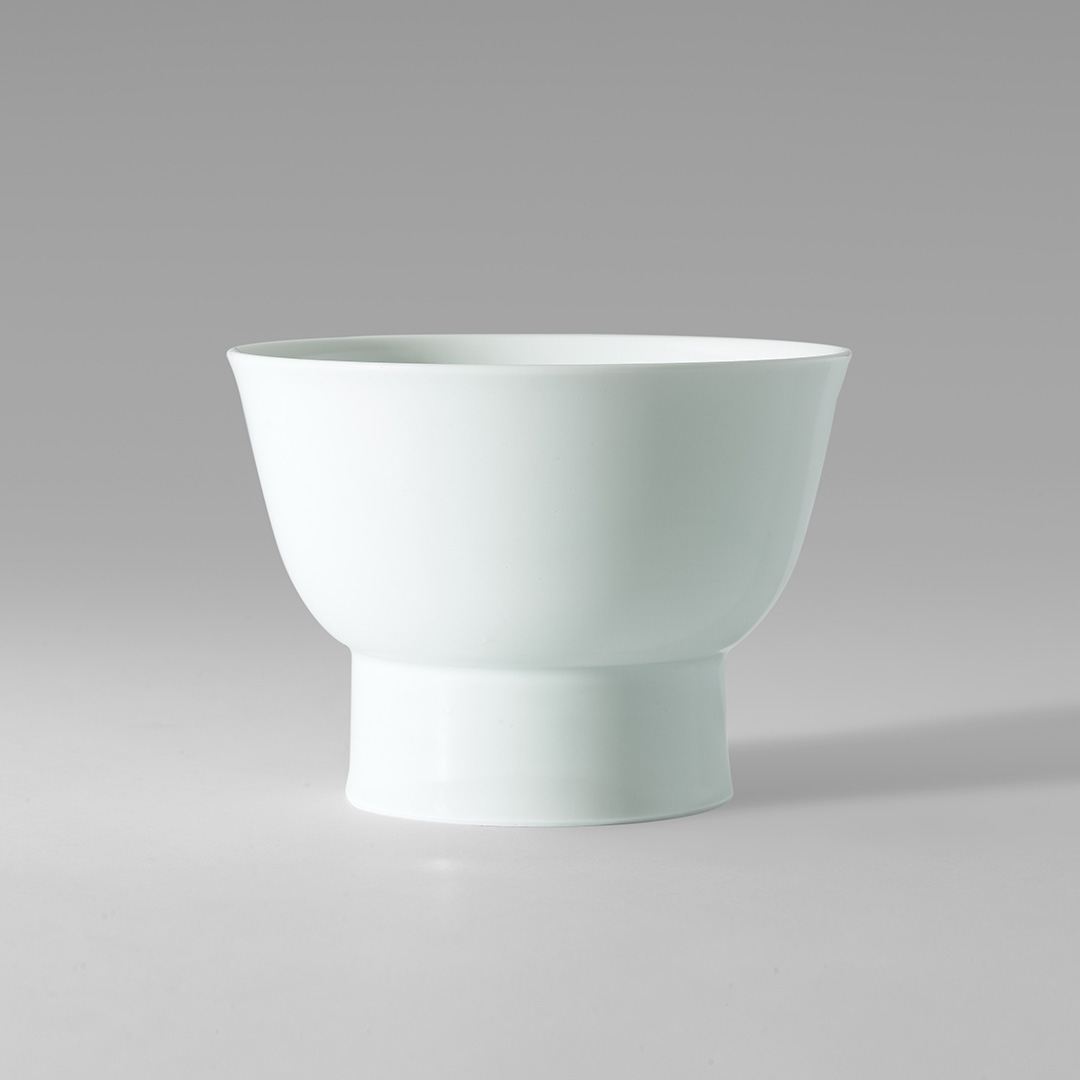
- White Porcelain Clay Craftsmanship
Lee Gee Jo’s white porcelain is distinguished by its refinement and timeless elegance. He emphasizes that focusing on the approach to the craft and understanding the clay is more important than the sculptural features. The clay used for white porcelain is fundamentally different from that used for celadon; it is less viscous and lacks plasticity, making detailed shaping difficult. As a result, the porcelain pieces are crafted to be simple and sophisticated. The minimalist approach, which is difficult to achieve through detailed sculpting, is connected to the nature of white porcelain. Lee stresses that this approach is essential to working with white porcelain.
“The physicality of labor is a profound world. Enjoying the work and labor as if it were a form of play. The elegance and mindset that a ceramic artist possesses are reflected directly in the Korean white porcelain.”
Farming, eating, and creating pottery with the same hands reflect his approach. He believes pottery should be approached with the same mindset, treating it as part of daily life rather than something special. Such an attitude, he believes, is well-suited to the creation of white porcelain. Lee believes that the beauty, elegance, and sophistication brought out in the white porcelain come from the very essence of Joseon white porcelain itself.
“The standards of beauty, the scope that Korean craftsmanship can reach, the spiritual and physical norms applied to the work—all of these remain crystallized within Joseon white porcelain. Surely, they lie deep within, beyond reach, even after a lifetime of work.”
Though it may be impossible to fully reach, understanding the profound depth of Joseon white porcelain and striving to attain it is what guides Lee Gee Jo.
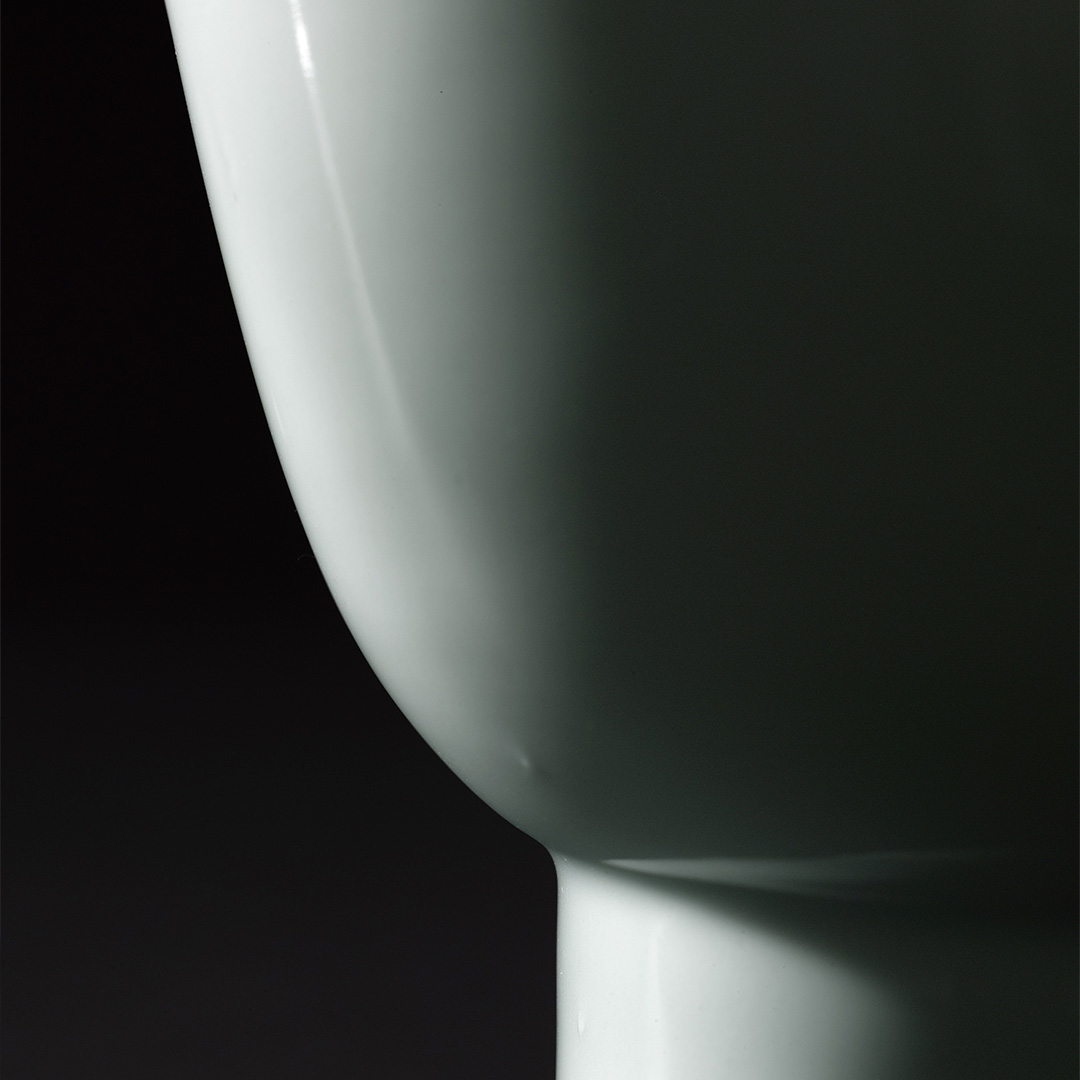
- White Porcelain that Transforms with Its User
What immediately strikes us when we first encounter a completed white porcelain vessel, Lee Gee Jo says, is not its appearance but the tactile sense of the porcelain as an object. A potter, he believes, must create something that compels people to touch it or to imagine serving food on it. When a beautiful vessel is completed, he sometimes finds himself contemplating what dishes would be most fitting to serve in it. He places great importance on the idea that it is through use that a vessel comes to life and its value is truly realized.
The vessels created vary widely, from simple and classical white porcelain to those inspired by the history of Joseon white porcelain but designed to fit modern dining sensibilities. Lee says that such vessels can further transform through the unique presentation and diverse uses of their owners. Not only the appearance of the vessel but also the place and time of its use can become more appealing depending on how it is used. The charm of Lee Gee Jo’s vessels lies in their ability to change form due to their simplicity while maintaining a strong sense of presence as objects.
The Artist
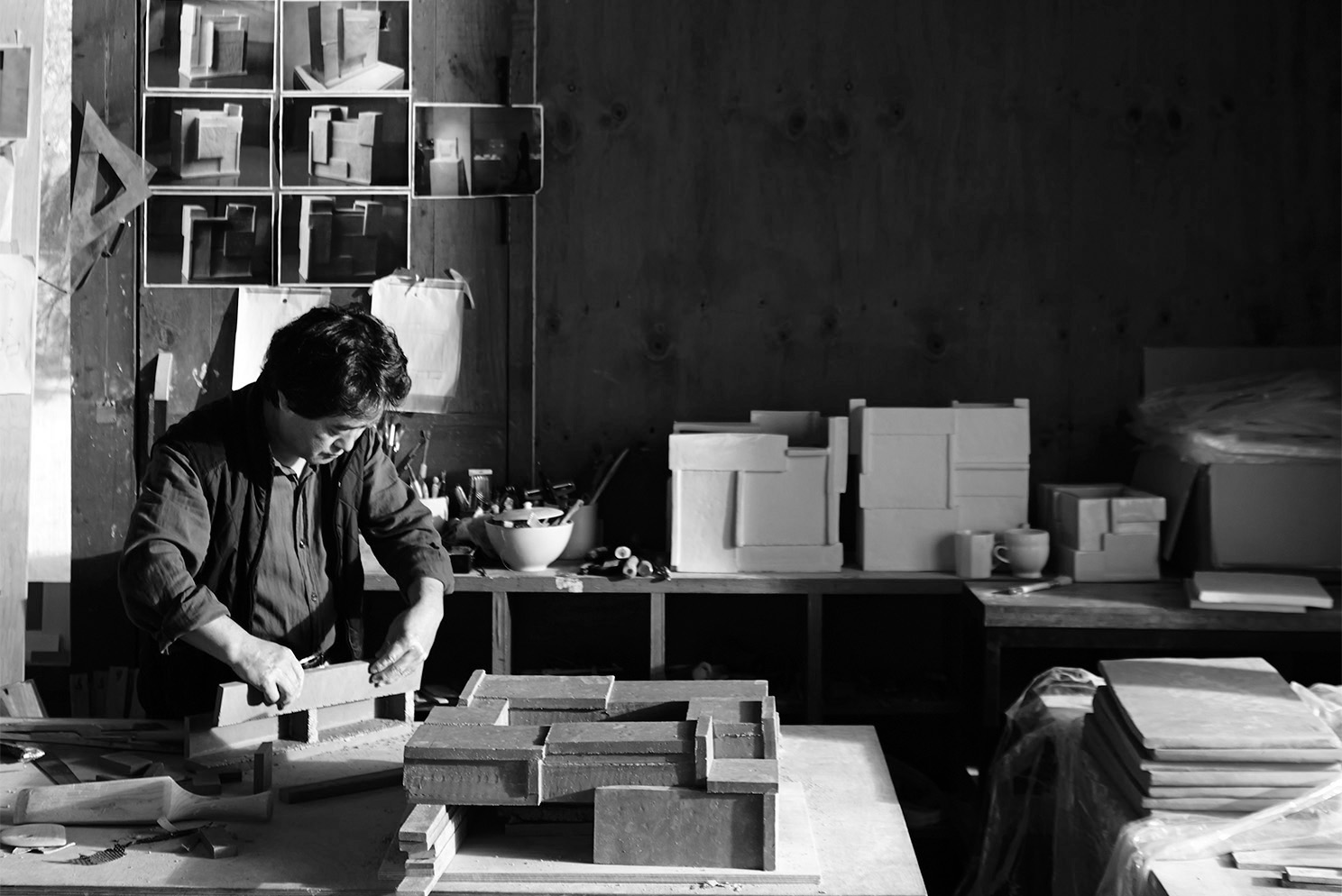
- Life and Pottery
Lee Gee Jo has maintained an atelier in Anseong, which has been his base since the winter of 1998, and continues to produce white porcelain that incorporates the techniques of Joseon white porcelain while reflecting the sensibilities of contemporary times. The campus of Chung-Ang University, where Lee has served as a professor in the College of Arts since 1995, is also located in the same area.
Anseong, like Jeju Island, which is Lee’s birthplace, is blessed with a rich natural environment and has a strong connection to pottery, with traditional folk kilns present throughout the city. It is also a rare place where historically significant white porcelain is occasionally unearthed. For context, Joseon white porcelain achieved an exceptionally high standard as a craft and was highly valued, with its production managed by the central dynasty. These managed kilns are sometimes referred to as official kilns.
In Anseong, Lee lives in harmony with nature and continues his work. He resides in a place that serves as both his atelier and home, where he leads a nearly self-sufficient lifestyle. At home, he grows crops and keeps chickens. He takes walks around his home in the morning and evening, observing the natural surroundings. While working in the fields, he engages with crops whose expressions change daily. He then harvests these crops and serves them in dishes, which he enjoys with appreciation. He cherishes the daily rhythm of his life and ensures that ceramics remain a significant part of his routine.
According to Lee, the various scenes that catch his eye during walks, the meditation he performs to reset his mind, the silence during concentrated work, and the time spent on agricultural labor all contain a shared element. “Ceramics are always a part of my life,” he explains. Everything is encompassed within daily life—time for ceramics, meals, walks, and contemplation. The rhythm of life he refers to is, in many ways, quite simple. This is because the interaction with nature, essential daily tasks, and ceramics exist as a seamless, unbounded whole. Each component appears to have a distinct form.

- The Essence of Ceramics
Lee Gee Jo began working in ceramics during his second year of university. At that time, the dominant trend in Korean ceramics was the pursuit of abstract expression. Many ceramics pieces produced at the time were not functional items but rather ceramic sculptures intended for display and viewing. His peers at university were primarily focused on creating such sculptural works. Lee also started ceramics and continued to work on ceramic sculpture, or contemporary ceramic modeling, even after advancing to the master’s program.
However, as he continued his work, Lee began to question the identity of his creations. Contemporary ceramic modeling possesses several valuable qualities, such as visual innovation, inventive techniques, and technical exploration. Nevertheless, it is rare for these works to have a direct connection to people’s daily lives.
Thus, Lee decided to reassess his own work by rethinking the fundamental elements of contemporary Korean ceramics and seeking out its roots. This journey led him to Joseon white porcelain, which is celebrated as one of Korea’s finest cultural legacies with a rich historical background. By examining the context of the era when Joseon white porcelain was made, he learned that the overall standard of craft, including ceramics, painting, and calligraphy, was much higher than it is today, possessing skills and contextual qualities that remain unmatched.
Reflecting on how to carry forward the history of Joseon white porcelain into the present era and how to create new works led Lee to reevaluate the fundamentals of daily life. Living in harmony with nature and creating ceramics from the everyday aspects of life is akin to the practices of those who made pottery in traditional kilns in the past. His firm belief that “ceramics are always present in my life” is grounded in the rhythm of daily living, and it is from this routine that he is able to create beautiful white porcelain pieces.
PROFILE
Lee Gee Jo
Ceramic artist. Born in 1959. After completing his master’s degree at Seoul National University, he became a professor at Chung-Ang University College of Arts, where he is recognized as a leading figure in contemporary Korean white porcelain. He leads a near self-sufficient lifestyle in Anseong, where his studio and home are located, tending to fields and raising chickens. His work is based on the techniques of Joseon Dynasty white porcelain, crafting simple, functional white porcelain pieces. His tableware, which strongly reflects his love of cooking, comes in a variety of forms and is well-suited for everyday use. A&S began offering his works in 2012.
Text by Yutaka Kikutake
